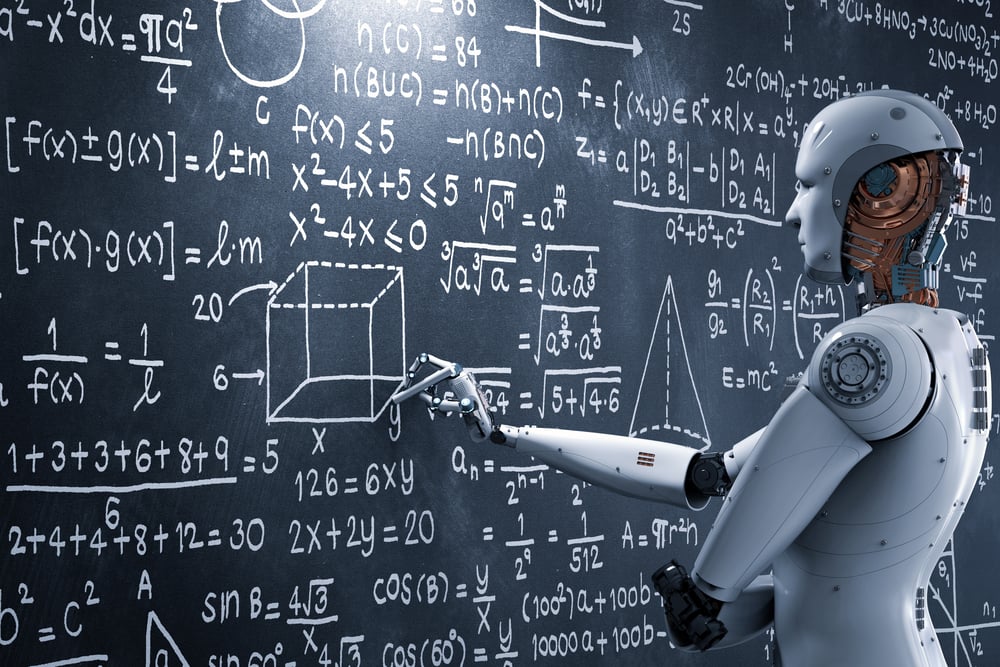Intelligent Automation: What is the state of play for RPA?

Is Your AI and Automation Strategy Right for You?
Robotic process automation (RPA) has been heralded as “a revolution in business process automation,” enabling companies to free up their employees from tedious manual tasks and become vastly more efficient. IT research and advisory firm Gartner estimates that by 2020, 90 percent of medium and large organisations will have at least one process supported by RPA.
Although the future of RPA certainly looks bright, it’s important to keep expectations in check and not get caught up in the hype. So what can we expect from RPA, and artificial intelligence in general, now and in the near future?
RPA: The Present
Since the 1980s, robots have entered the workforce alongside human employees, helping to perform physical tasks that are tedious, repetitive, dangerous, or highly precise. RPA extends this trend toward automation by using robots to perform jobs traditionally assigned to white-collar professionals as well.
By learning rules and configurations for different processes, robotic software agents can take on responsibility for activities such as handling transactions, analysing raw data, and communicating with other systems and software. Advanced RPA agents can even use AI and machine learning techniques to understand how to react in an unfamiliar situation.
According to a study by consulting firm McKinsey & Company, RPA has a potential return on investment of 30 to 200 percent in the first year alone. Despite the sky-high potential for RPA, however, there remain a few stumbling blocks before the technology truly hits the mainstream:
-
Capturing multimedia content: The average company now manages 163 terabytes (163,000 gigabytes) of data, much of it in highly complex formats such as images, audios, and videos. Advances in AI and computer vision have made it easier for RPA agents to understand the content of this data. However, creating such an agent still requires specialised knowledge, and their skills still lag behind average human abilities.
-
Processing unstructured data: Gartner analysts estimate that 80 percent of enterprise data is unstructured: data that is not organised in a predictable fashion, such as email messages and business documents. Learning how to comprehend the information within this unstructured data will be a challenge for RPA agents.
-
Changing business rules: The business landscape is constantly changing, and organisations need to adapt or be left behind. RPA agents must evolve to deal with these new operating procedures, which requires additional investment from the agents’ human “trainers.”
RPA: The (Near) Future
RPA is no doubt still an incipient technology, but it’s poised to launch a “robot renaissance” in the very near future as advances in AI continue. Market research firm Forrester estimates that by 2021, there will be more than 4 million robotic software agents deployed in organizations around the world.
Despite popular fears about robots coming to “steal our jobs,” RPA isn’t intended to take the place of human employees. Instead, robotic agents can take care of workers’ tedious, repetitive obligations, allowing them to spend time on higher-level strategic thinking, planning, and innovation.
For the short term, we expect to see greater RPA adoption among enterprises large and small, as more and more RPA projects move from proofs of concept to real-world usage. In addition, RPA agents will be able to leverage coming advances in AI, machine learning, and computer vision in order to act with greater intelligence and autonomy.
If you enjoyed this article and want to learn more about how we can help introduce RPA to your organisation, please send an email to info@convedo.com.

